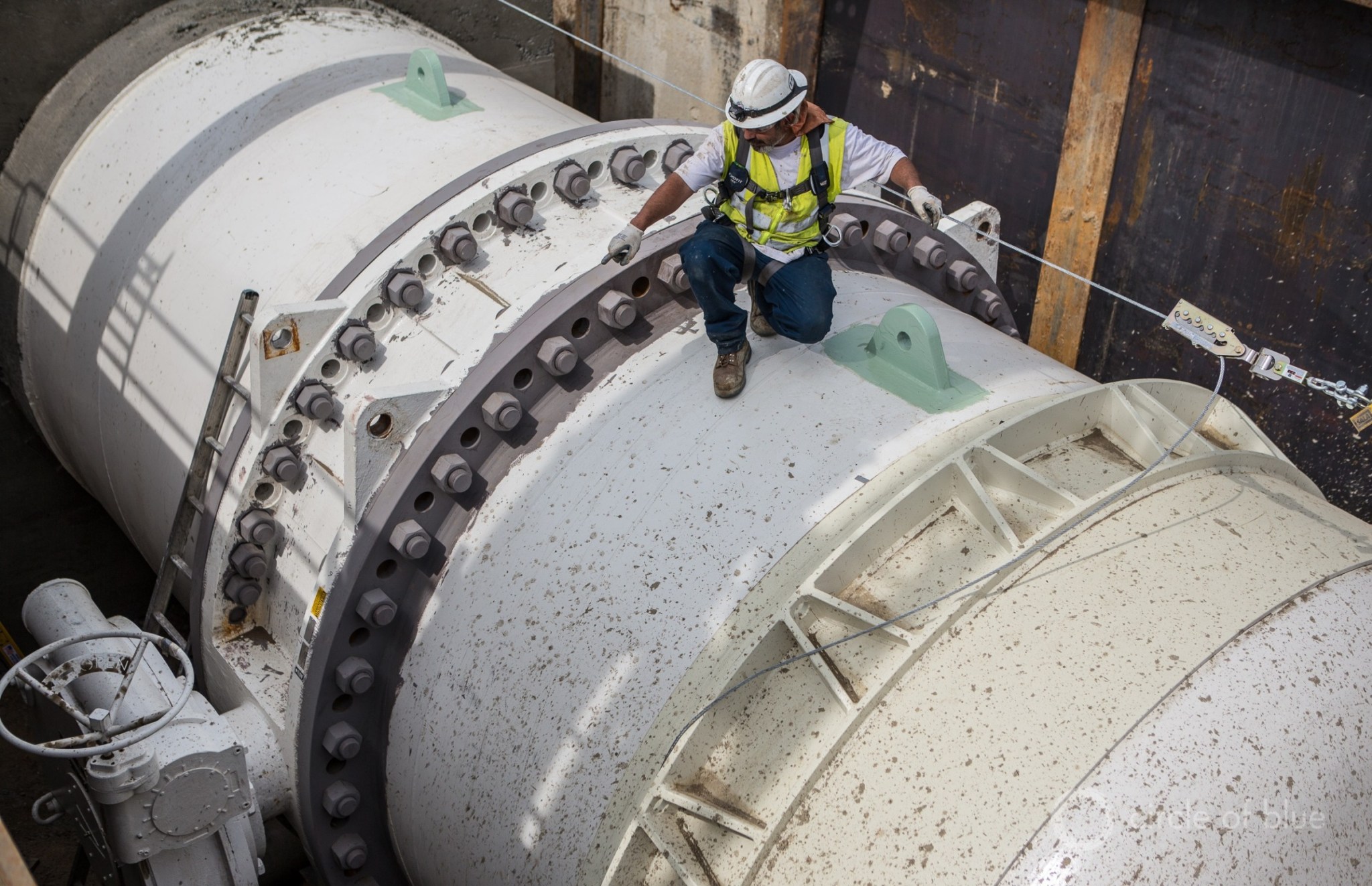
By Brett Walton, Circle of Blue
The Great Lakes News Collaborative includes Bridge Michigan; Circle of Blue; Great Lakes Now at Detroit Public Television; and Michigan Radio, Michigan’s NPR News Leader; who work together to bring audiences news and information about the impact of climate change, pollution, and aging infrastructure on the Great Lakes and drinking water. This independent journalism is supported by the Charles Stewart Mott Foundation. Find all the work HERE.
Frank Picozzi, the mayor of Warwick, Rhode Island, wants $10 million to replace water and sewer pipes.
In Louisiana, Gov. John Bel Edwards floated the idea of $300 million for water and sewer infrastructure.
Gov. Andy Beshear of Kentucky is putting $250 million into upgrading his state’s water systems and connecting rural residents to clean drinking water.
These potential investments are made possible by the American Rescue Plan Act, a coronavirus relief package that includes substantial sums for public works.
Even as President Biden stumps for a multitrillion-dollar standalone infrastructure bill — a proposal that includes $111 billion to remove lead pipes, upgrade rural water systems, and clean up toxic PFAS chemicals — the American Rescue Plan is a windfall of its own.
When they passed the $1.9 trillion package in March, lawmakers in Congress opened the public purse in an attempt to stoke the economy and help the country recover from a deadly pandemic.
In addition to stimulus checks and support for families with children, the act set aside $350 billion for states, cities, and tribal governments.
The act authorized several ways these state and local funds could be spent, including premium pay to essential workers, aid to businesses and households, and covering expenses incurred during the pandemic. The act also stated that funds can be used for “necessary investments in water, sewer, or broadband infrastructure.” But what is necessary?
In guidance released on May 10, the U.S. Treasury Department clarified that term. By doing so it opened the door for state, local, and tribal governments to use the funds to improve their water and sewer systems.
According to Joseph Kane at the Brookings Institution, the American Rescue Plan funding is an opportunity to address essential current and future water infrastructure needs, and a “chance to provide short-term stability while accelerating lasting infrastructure improvements.”
Funding will be spread broadly. States and the District of Columbia will receive $195 billion. Counties will get $65 billion, while metro areas will see $45.6 billion. Tribal governments, meanwhile, will receive $20 billion. The remaining $24 billion will go to U.S. territories and local governments with fewer than 50,000 people.
How might the funds be spent for water systems? According to the Treasury Department, “necessary investments” for water and sewer means those that maintain service to meet health standards or add resilience to climate change. Acceptable projects include those that are eligible for the federal government’s primary water infrastructure lending program: transmission, storage, distribution, treatment, lead service line removal, pollution prevention, stormwater capture, and connecting a failing system with a better performing neighbor. The Treasury Department argues that aligning the American Rescue Plan funding with the state revolving loan program provides states the flexibility to target their water and sewer needs.
Some states have already sketched out their spending. In Kentucky, Gov. Andy Beshear signed a state law that allocates $250 million from the American Rescue Plan for water infrastructure. The funding will be distributed through the Kentucky Infrastructure Authority. The law earmarks $50 million of the total amount for providing drinking water to “unserved” rural residents.
“Gov. Beshear believes every Kentuckian should have clean drinking water and access to reliable water and wastewater systems,” Megan Armstrong, his spokesperson, wrote to Circle of Blue in an email. “The $250 million allocated will be a big help in reaching that goal.”
Other state officials are just now initiating conversations about how to spend their funds. Gov. John Bel Edwards of Louisiana recommended that the Legislature use at least $300 million of its $3 billion allocation on water infrastructure.
Edwards noted that 20 percent of water systems in Louisiana are in violation of state requirements for water quality, operations, or maintenance. The American Society of Civil Engineers graded the state’s drinking water systems as a D minus. Edwards sees the infusion of federal money as an opening for improvement.
“We certainly need to take advantage of the opportunity that we have to make significant headway on this issue,” Edwards said.
Some local officials are taking their time and evaluating their options.
Tom Barrett, the mayor of Milwaukee, said that infrastructure and eliminating sources of lead in homes are two of his 10 priorities for the $394 million that the city will receive. But he is in no hurry to spend it.
“I don’t foresee us spending all this money in the next six months, a year or possibly two years, and don’t know that would be wise,” Barrett said. The act requires the funds to be spent by the end of 2024.
Barrett wants to consult with residents and city departments to harmonize the city’s spending plan with their priorities, whether they are broadband, affordable housing, streetlight repairs, or water mains. He intends to submit a plan to the Council by July.
Catch more news on Great Lakes Now:
Green Infrastructure: Cities around the Great Lakes plan for a changing future
Spotlight on Infrastructure: Policy executive talks new Biden plan, definitions of infrastructure
API key not valid. Please pass a valid API key.Featured image: Workers for the Los Angeles Department of Water and Power climb on a 144-inch outlet pipe at a water treatment plant. (Photo Credit: J. Carl Ganter/Circle of Blue)




